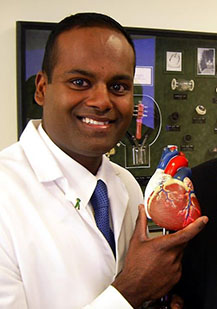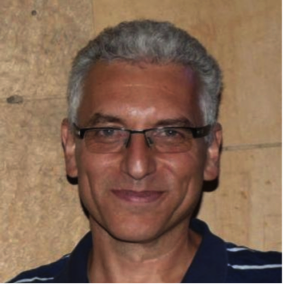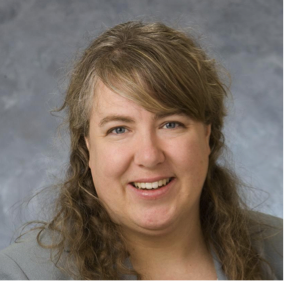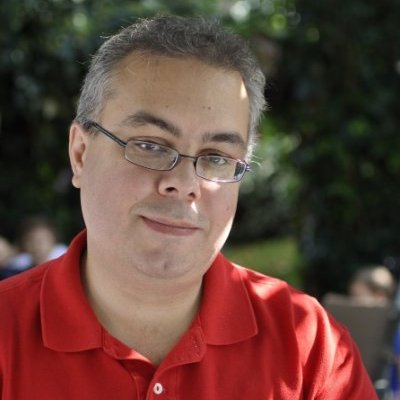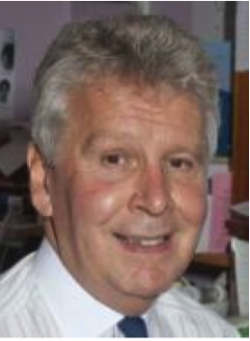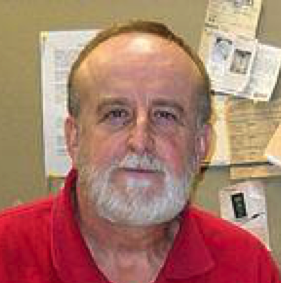ASME LAUNCHES NEW E-LEARNING COURSE: CELL MANUFACTURING FOR ENGINEERS
The exponential growth of the cell therapy industry has resulted in a demand for the solutions to improve scalability, automate processes, reduce labor costs, and maintain quality assurance, which can be solved by applying engineering principles.
ASME is pleased to introduce a new online course, Cell Manufacturing for Engineers, addressing the critical need to integrate biological concepts and engineering processes. It is designed specifically to provide an education on cell culture techniques, manufacturing and production processes, and regulatory and other business requirements.
Engineers, bioengineers and businesses can part of the revolution of healthcare by delivering solutions toward automation, reproduction and scalability of cell manufacturing.
Please visit us at https://aabme.asme.org/learning for course availability and to sign up for updates. Your free subscription includes access to Frost & Sullivan market insights as well as exclusive content on emerging topics and the latest innovations.









